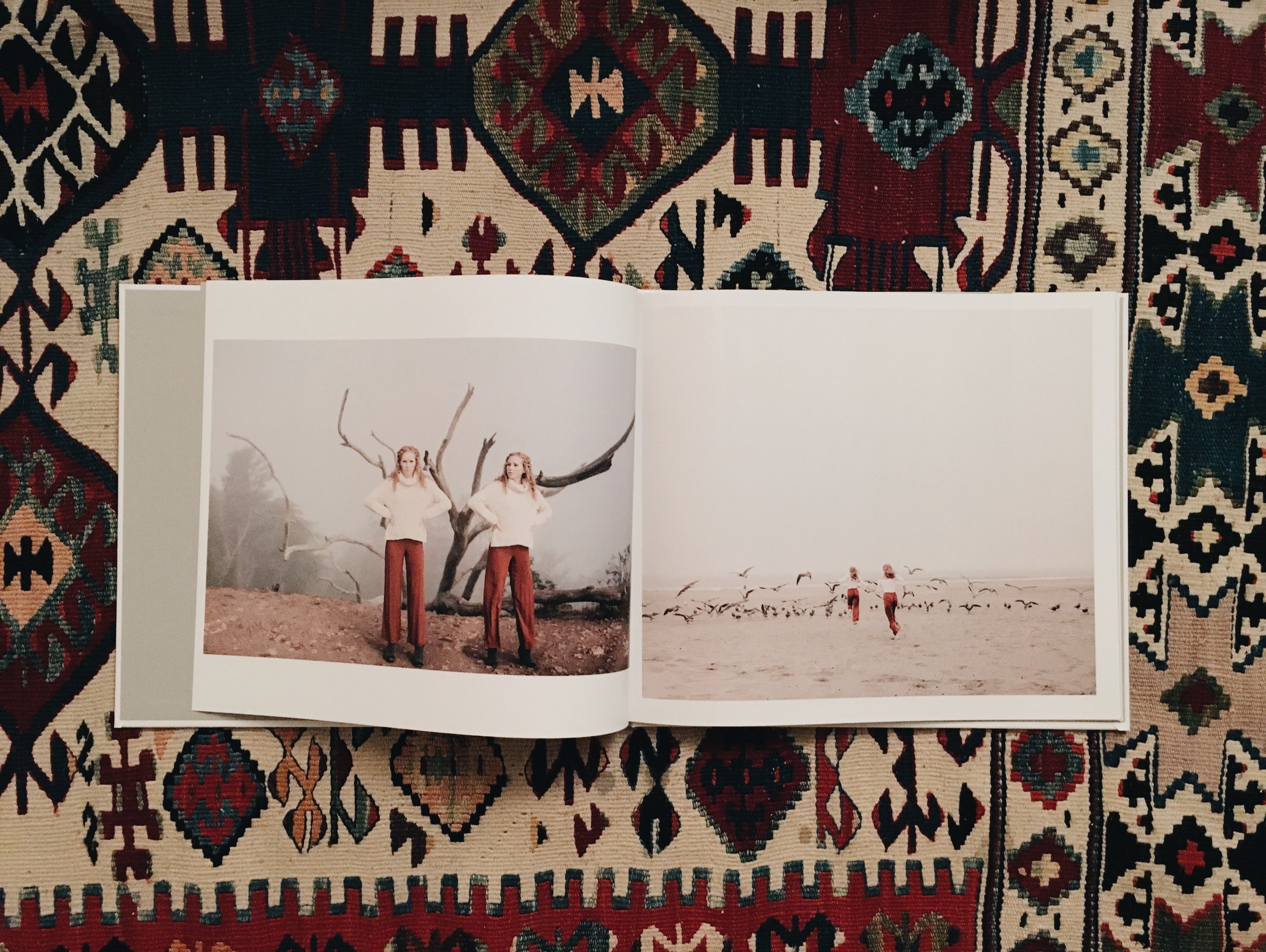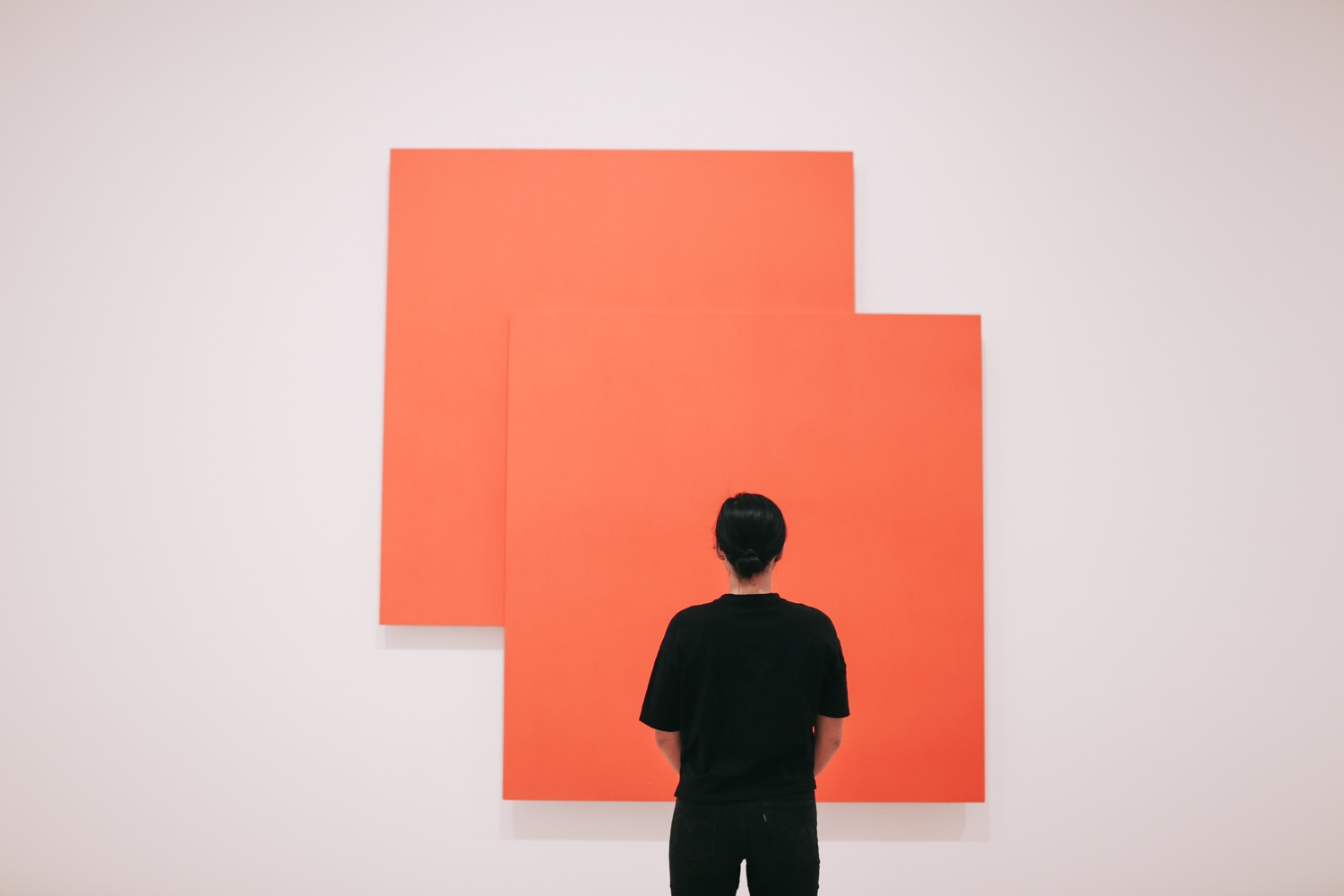
Recently I went to a small-scale portfolio review hosted by Professional Photographers of the Greater Bay Area. I was able to speak with 4 different reviewers: an art buyer from SFMOMA, editors at Wired Magazine & Via Magazine, and an art director for Banana Republic. This was my first time attending an event like this, and I wanted to share a bit about what I learned from the experience.
- Too many samples of your work is better than too few. Being the rule-abiding person I am, I obeyed the instructions to bring between 10 & 20 images for review. I think I had 18 in my portfolio book that I ordered from Blurb, specifically for this occasion. I wasn't sure what the scale of the event was going to be - I was expecting a hundred people. In reality, only 5-8 other registrants showed up! This meant that there was more time than expected to spend with each reviewer. So they flipped through my meager samples of my work in a few short minutes. I know for the future that having a large portfolio book is better - they can cut me off if need be.
- Include a wide range of content and genres. I don't have any studio work in my portfolio. Mainly because I don't really do studio work, but I do have some high-quality samples I could show. The editor at Via Magazine said that even if she's sending people to cover a story with natural light (i.e., food photography at a restaurant), she still needs to see that they know how to work with artificial light. I also included two shoots that I thought would demonstrate that my work was thematic (5 of a Kind & False Twins), as well as other similar fashion & portrait work, but I think in reality they didn't want to see so many of these and would have preferred a wider range of work. This was a bit of a wakeup call for me. I am all about consistency and producing a cohesive body of work, but I think when it comes to events like this - where you're trying to impress different industries - you need to have multiple sections that show your talent in different areas (food photography, fashion, studio work, etc.).
- Digital vs. print. I brought a print portfolio book (printed on book pages, not individual prints in a folder), and looking back I wish I would have brought digital. Instead of spending the money on high quality prints that you have to update all the time with new work, I'd say you'd be better off getting an iPad or other digital tablet to showcase your photos. We are so used to seeing things digitally these days that I think it's become standard within the industry to view digital portfolios. Of course, this is individual preference, but I think from now on I'll be going with digital. That way I can swap out last minute selects and easily skip over irrelevant work.

- Be prepared to be critiqued. None of the reviewers shot my work down, but none of them really oo'd and ahh'd at it either. I don't know if that's just the nature of these events, but here I was, sharing what I thought was my best work of the year, and they seemed thoroughly underwhelmed. Part of this, I'm sure, was that my work is kind of between genres right now - a combination of fashion and fine art. It's not high fashion, it's not travel photography, it's not well-defined. These people aren't there to pat you on the shoulder and say, "good job." They're there to tell you what works for them and what doesn't. Some people identified my least favorite photos in the book as their favorites. One person said the lighting looked flat in one shoot. Let's just say I didn't emerge from this event with an inflated ego!
- Come with questions. This almost goes without saying and is true of any networking event, but preparing yourself by knowing the background of everyone you'll be talking to and having specific questions for them will help you avoid awkward moments of silence and walk away with more valuable information. For example, I didn't look up one of my reviewers, and it turned out she had also gone to UC Santa Barbara, which would have been some great common ground to start on. I often felt like I didn't know where to drive the conversation because I was running out of questions. Don't expect the reviewers to hold the conversation - you're there to pick their brains.
- Get your reviewer's direct email address. I walked away with the direct email address of everyone I talked to and followed up with a thank you and some questions, to help them remember me for future networking purposes. This is key!
- You might walk away confused. I expected to leave the review with a clearer direction of where to go with my work, but in fact, that sense of direction was just more muddled. After talking to an art buyer, a travel magazine, and an art director, all with different perspectives, I was a bit overwhelmed with all the paths there are to take. Should I start doing more studio work even if I don't enjoy it? Should I try to sell my prints to galleries? Should I accept travel work even if that wasn't what I envisioned myself doing before I got here? I'm not sure. While this variety of choices is a bit overwhelming, it's also reassuring. I'm inspired to become more of a jack-of-all-trades - at least for portfolio purposes - but I think I'll still stick to the niche that inspires me most: fashion/people/lifestyle (and wherever my work fits in within that realm).
Questions? Email me at hello@dvilladsenphotography.com.
